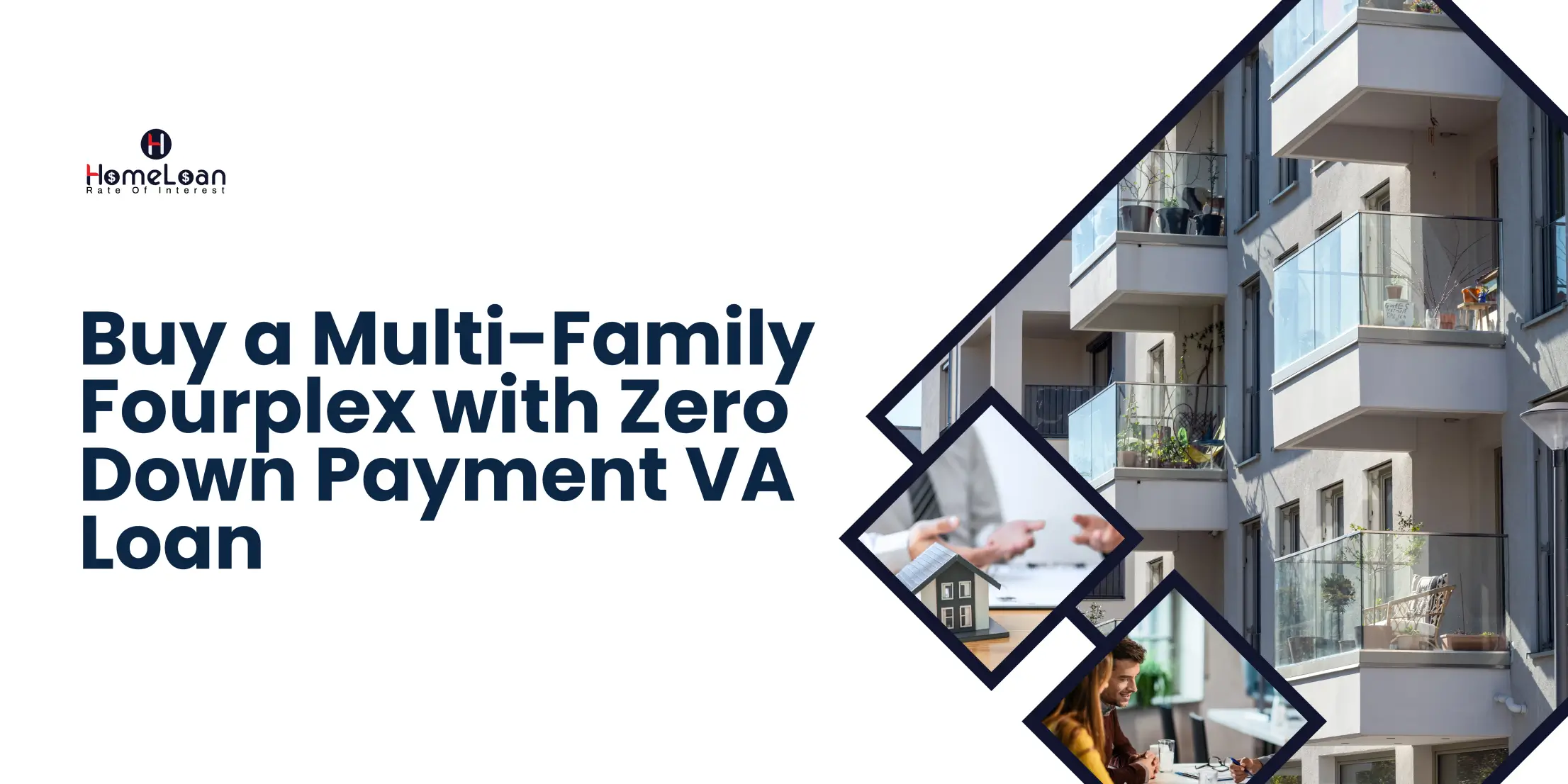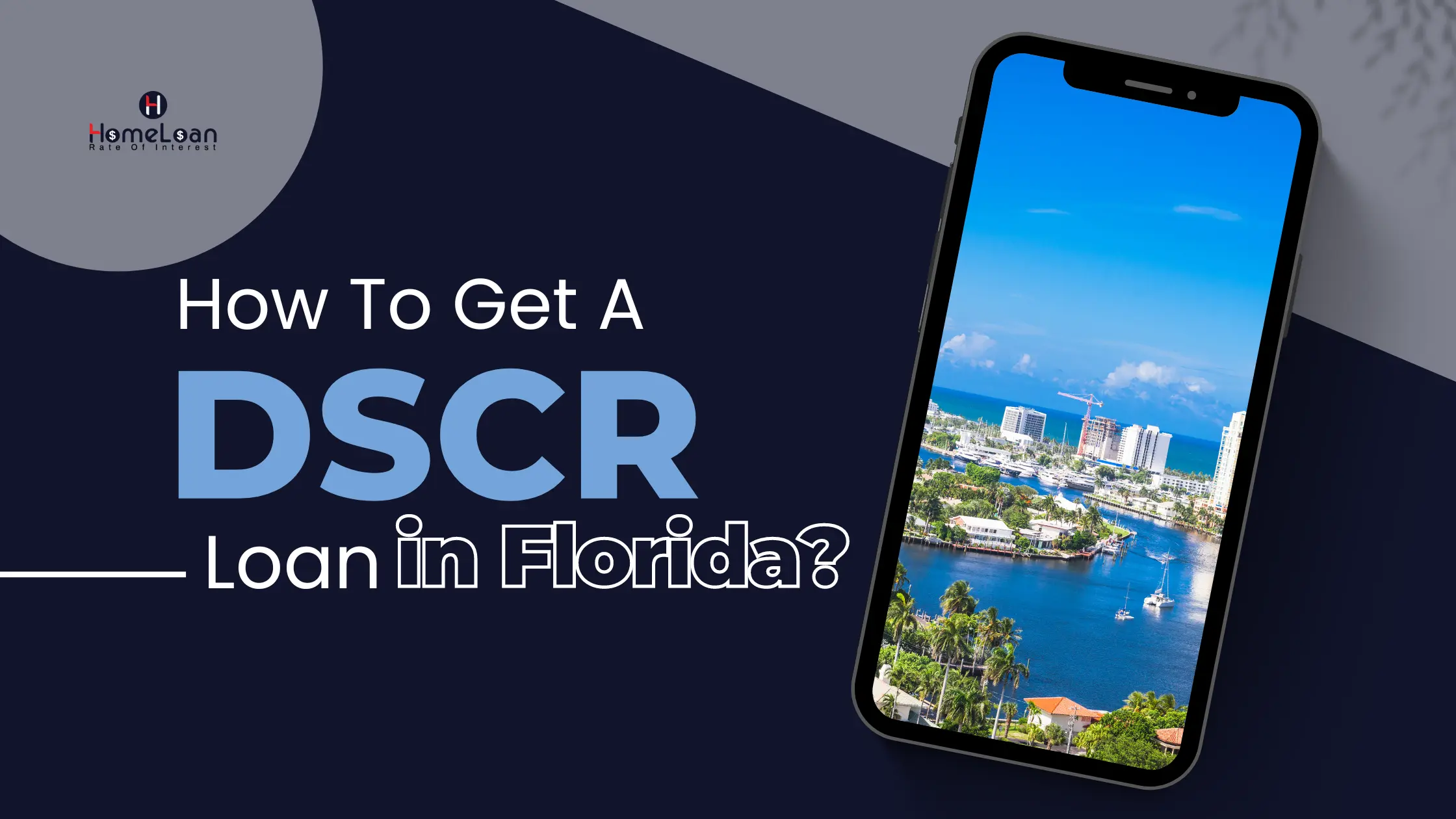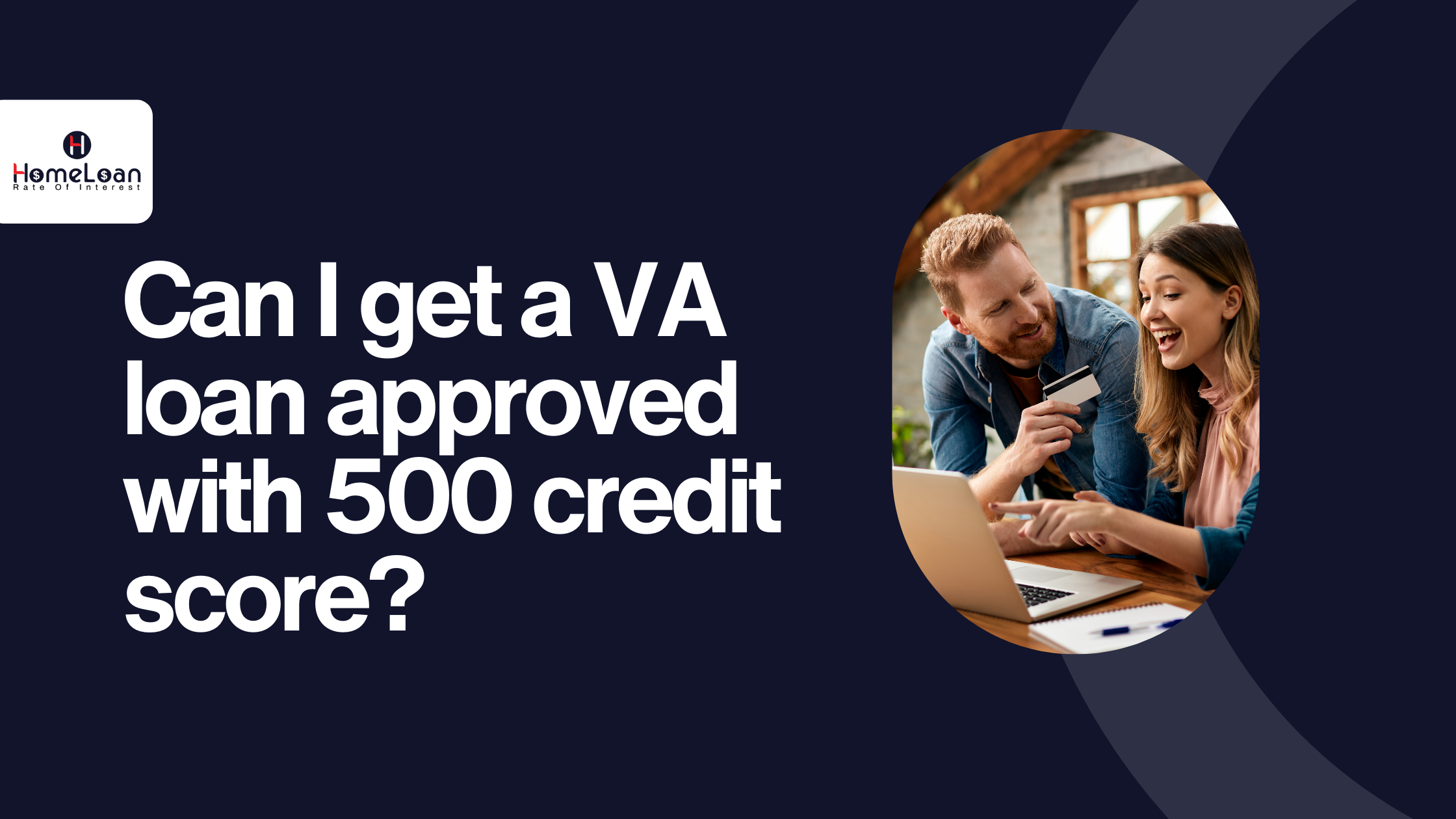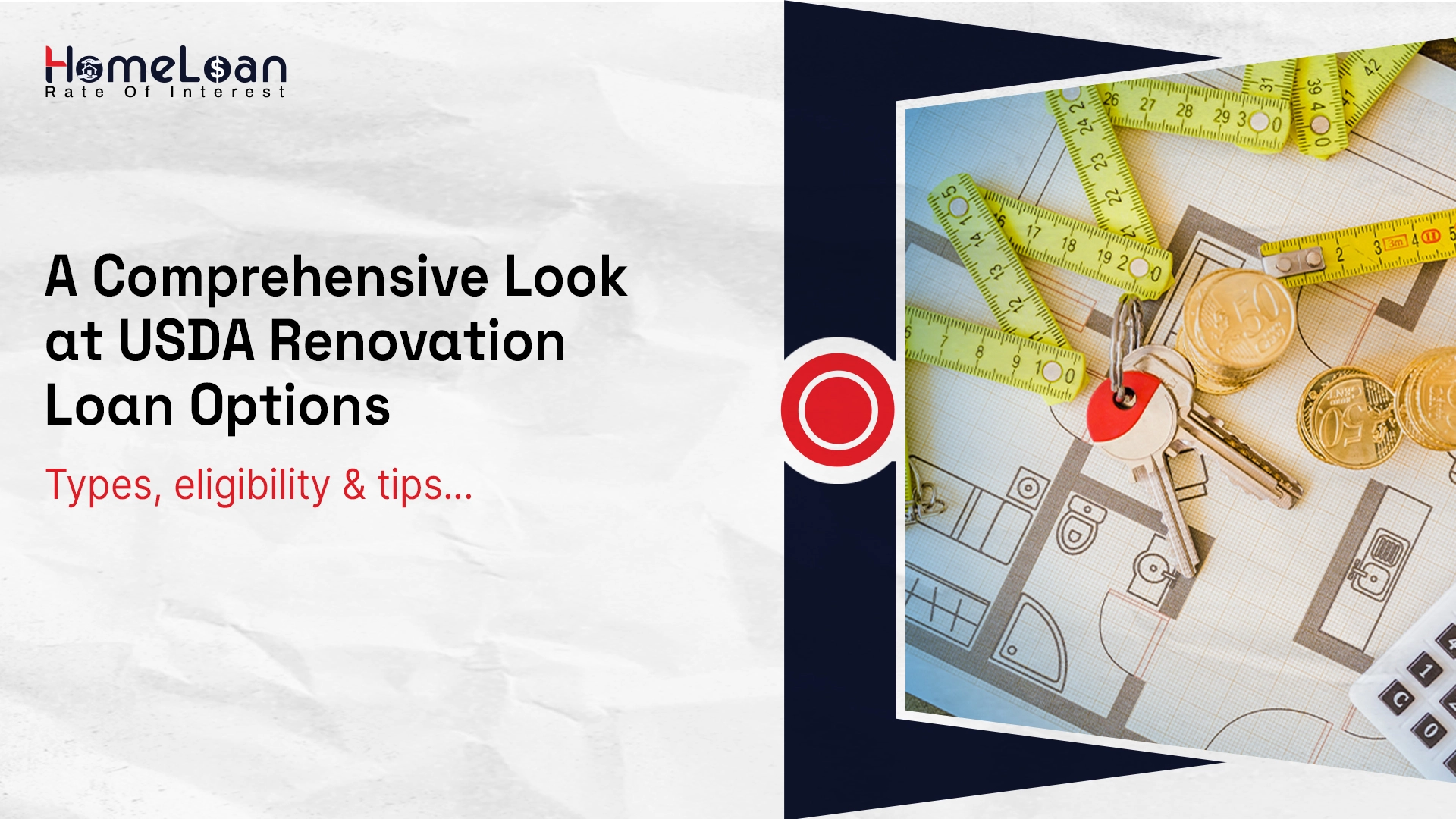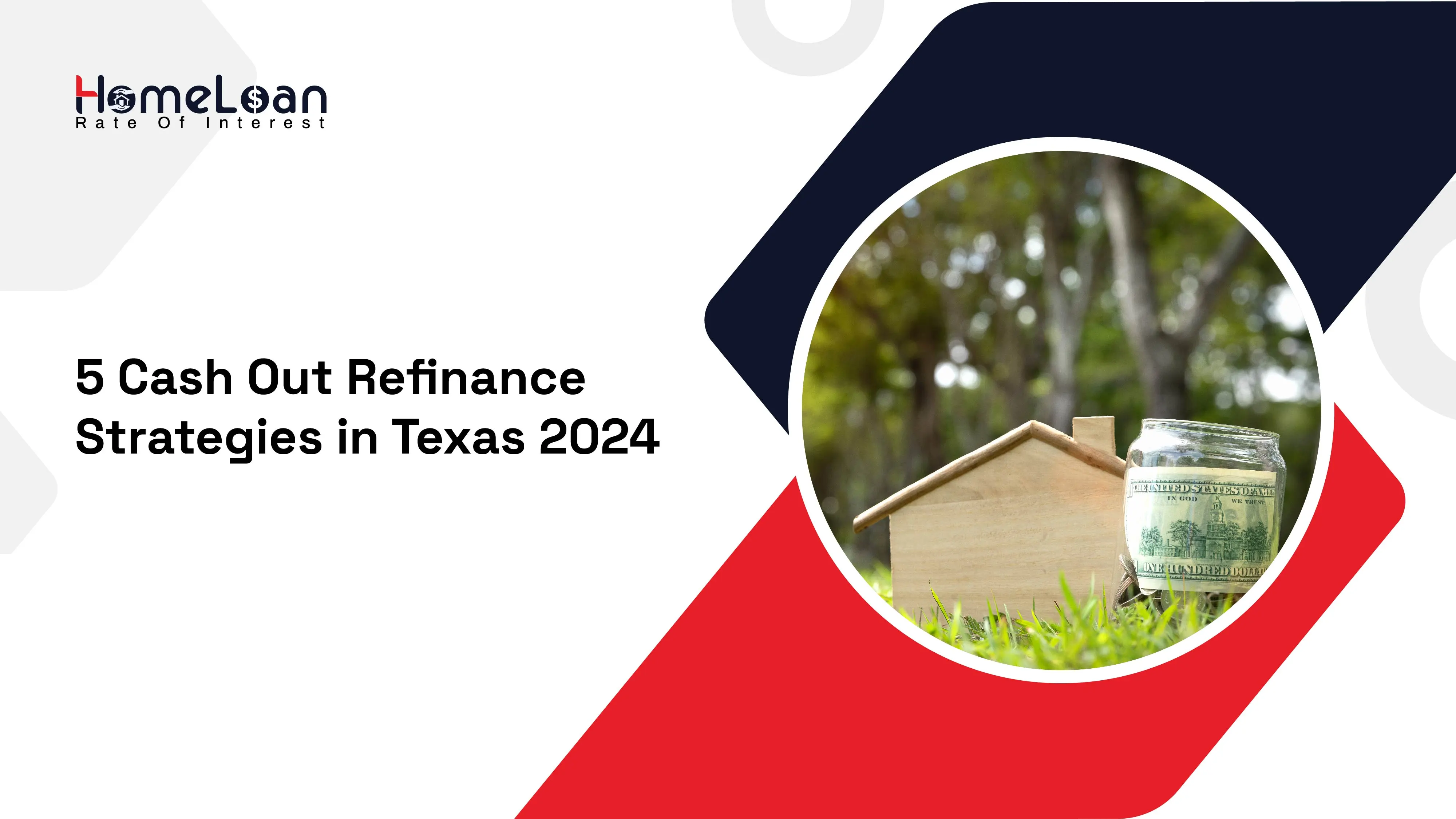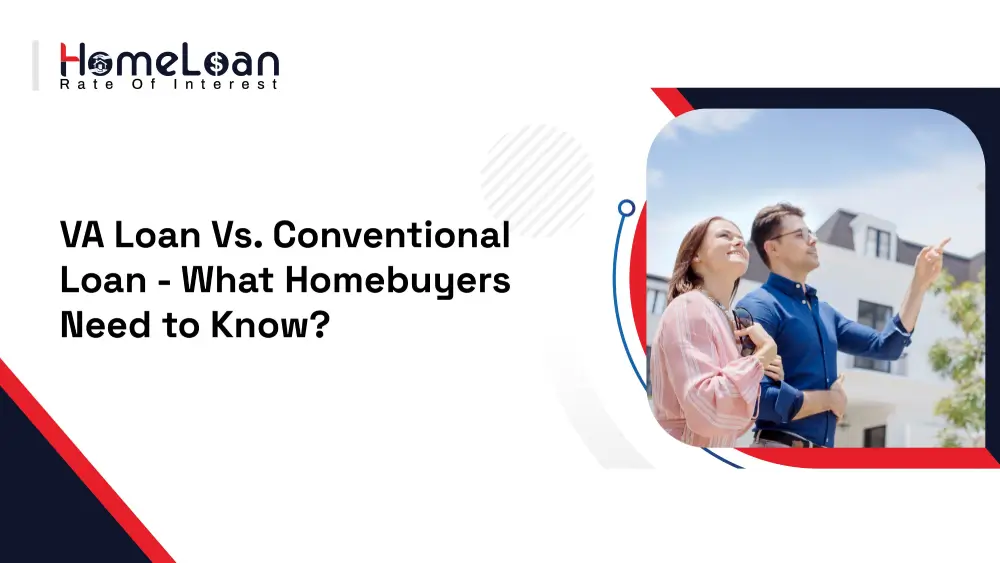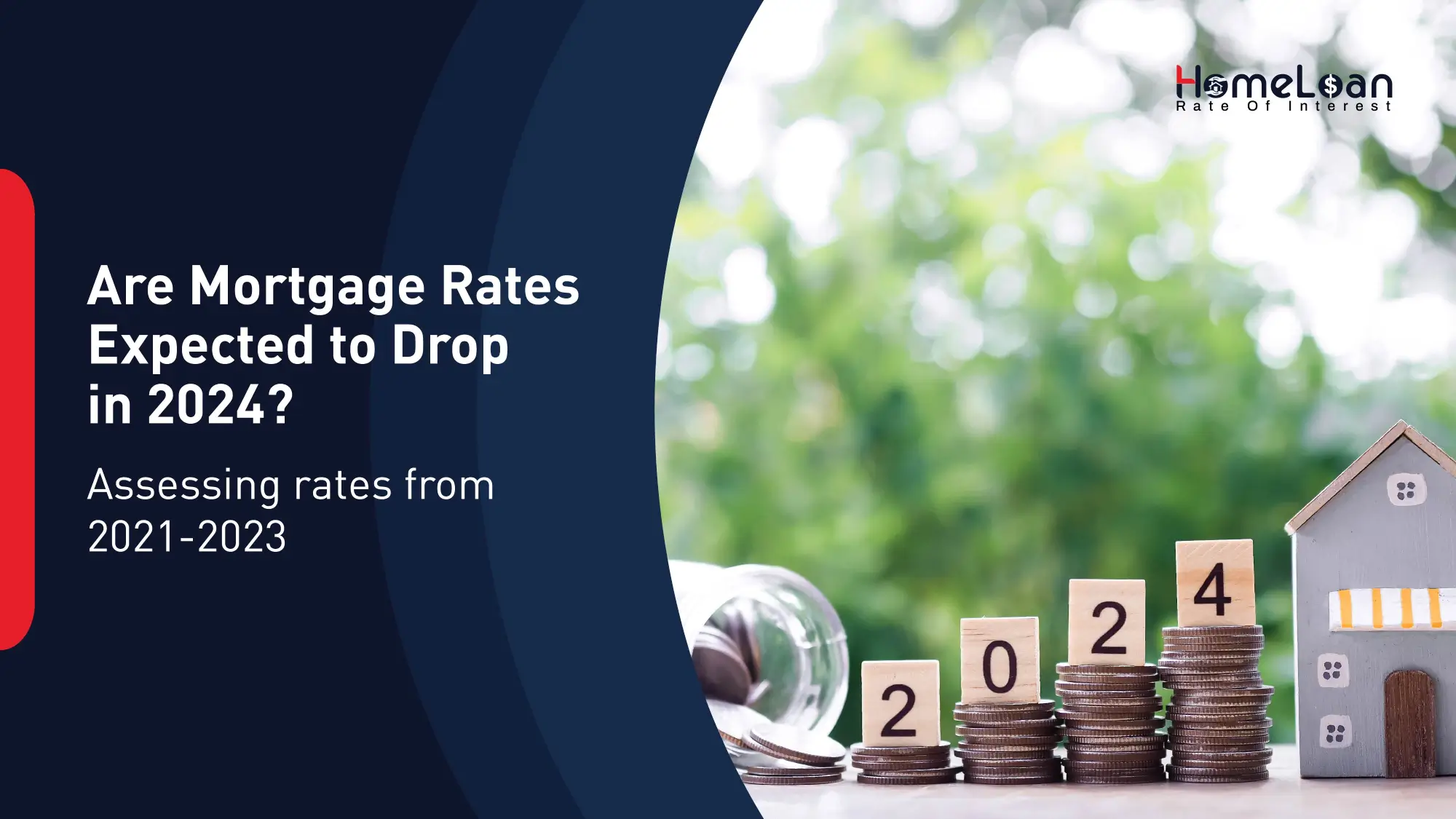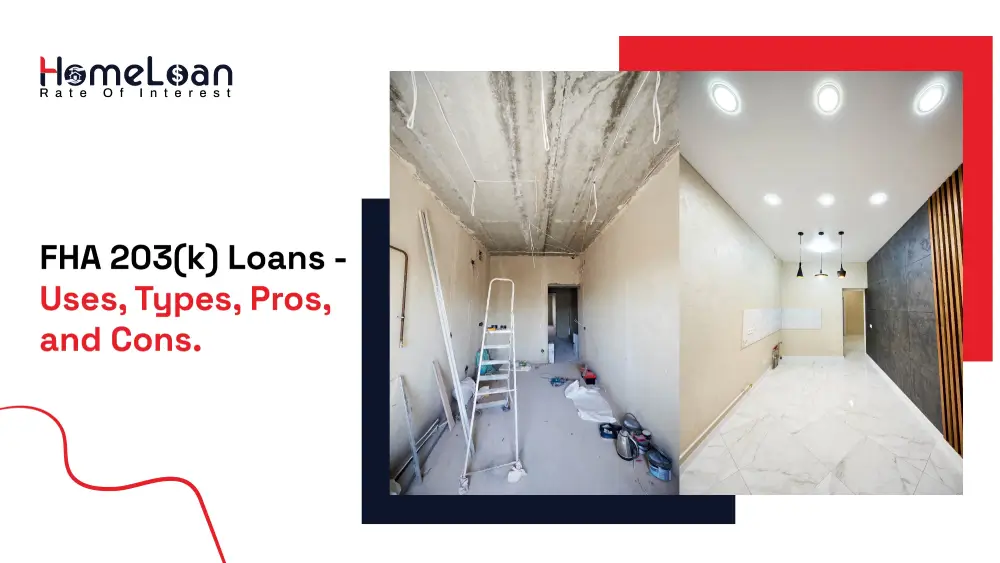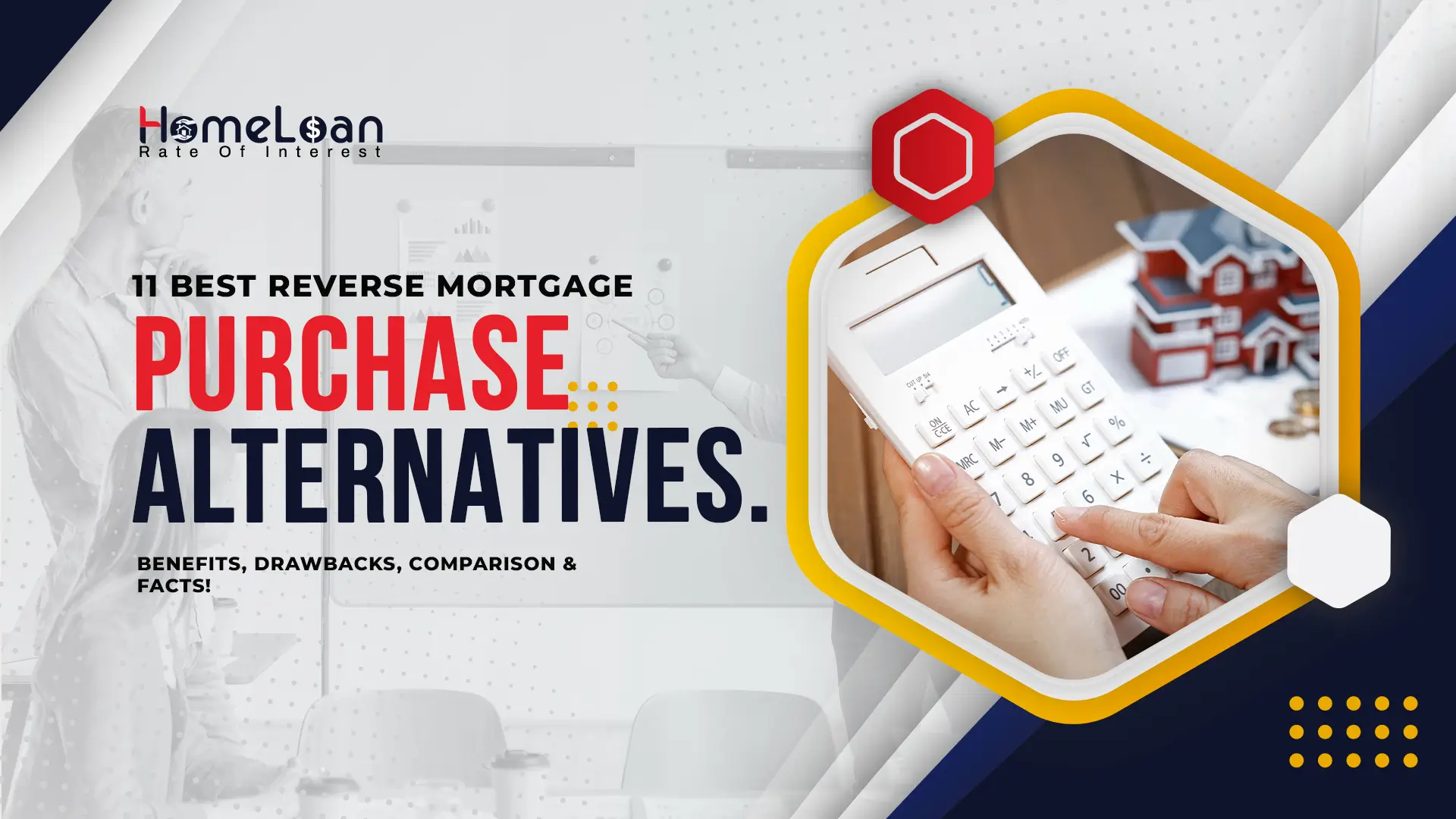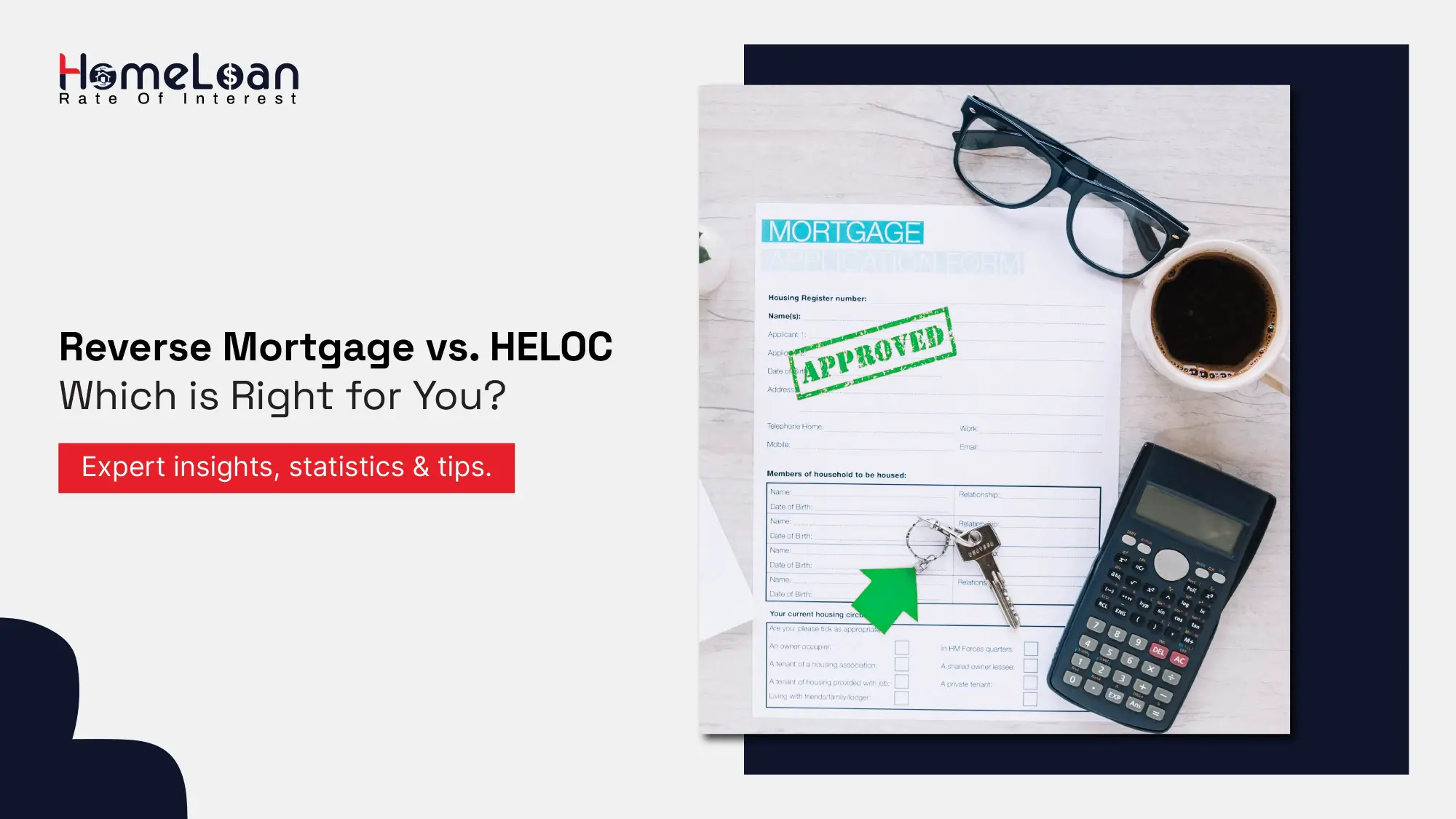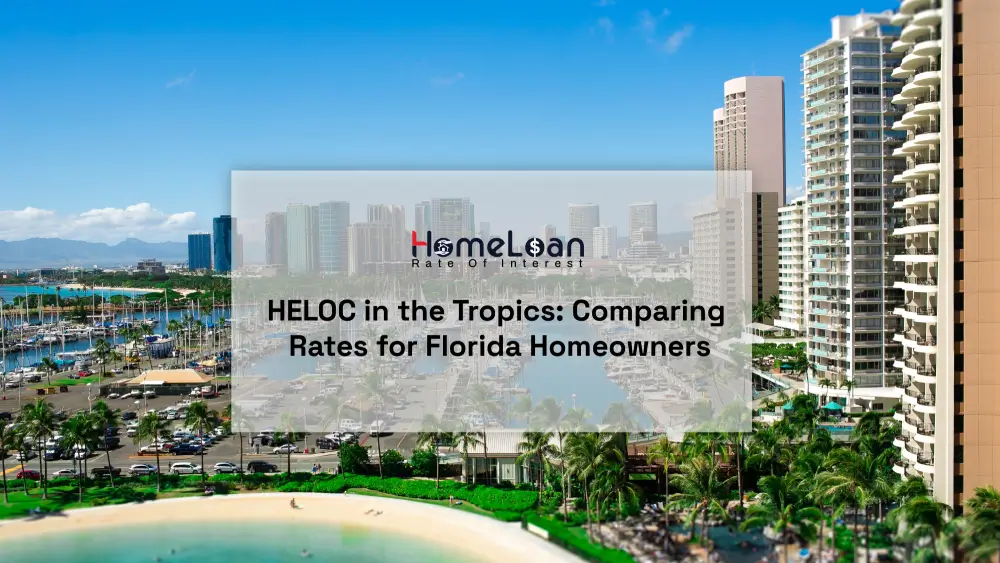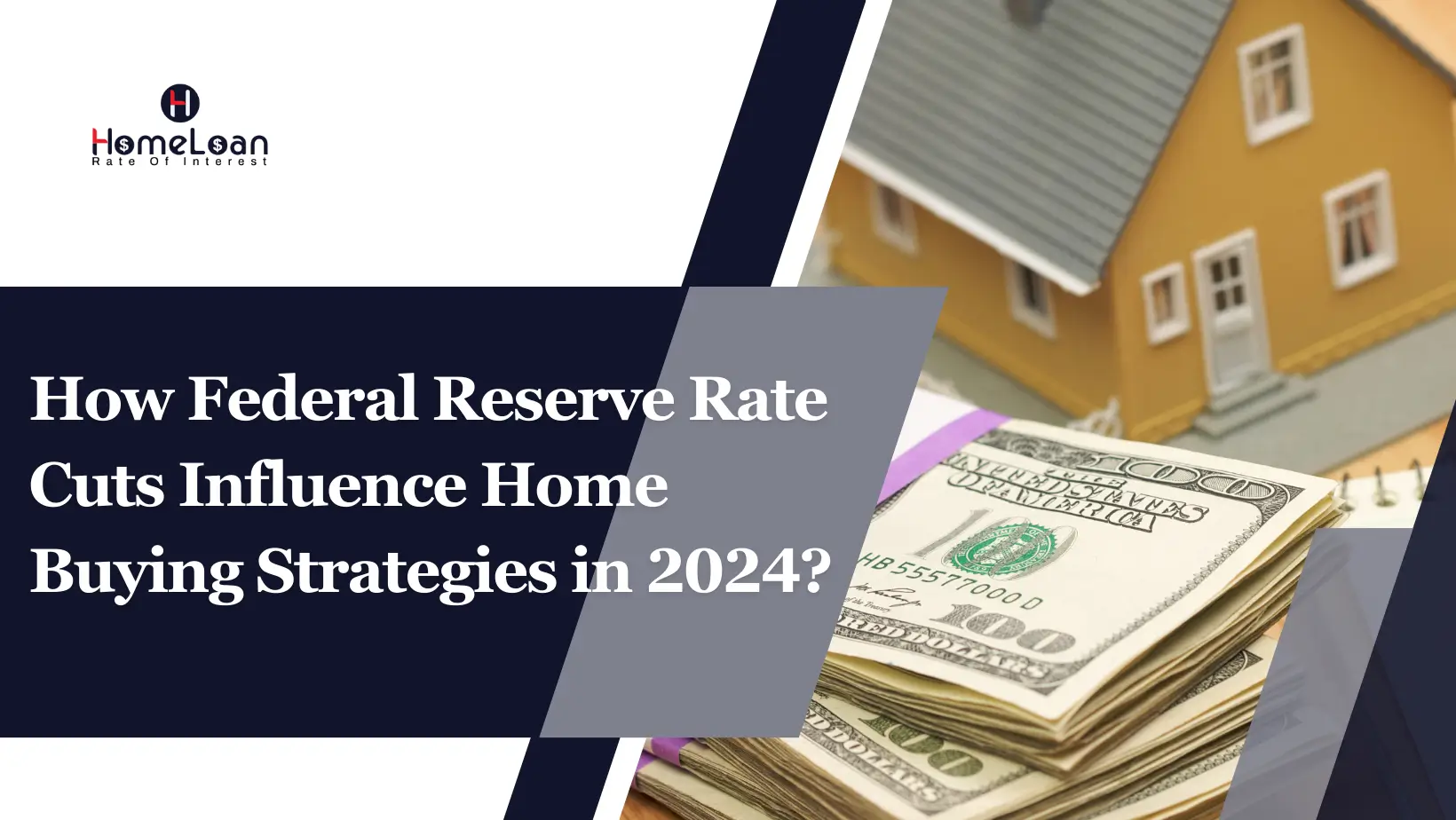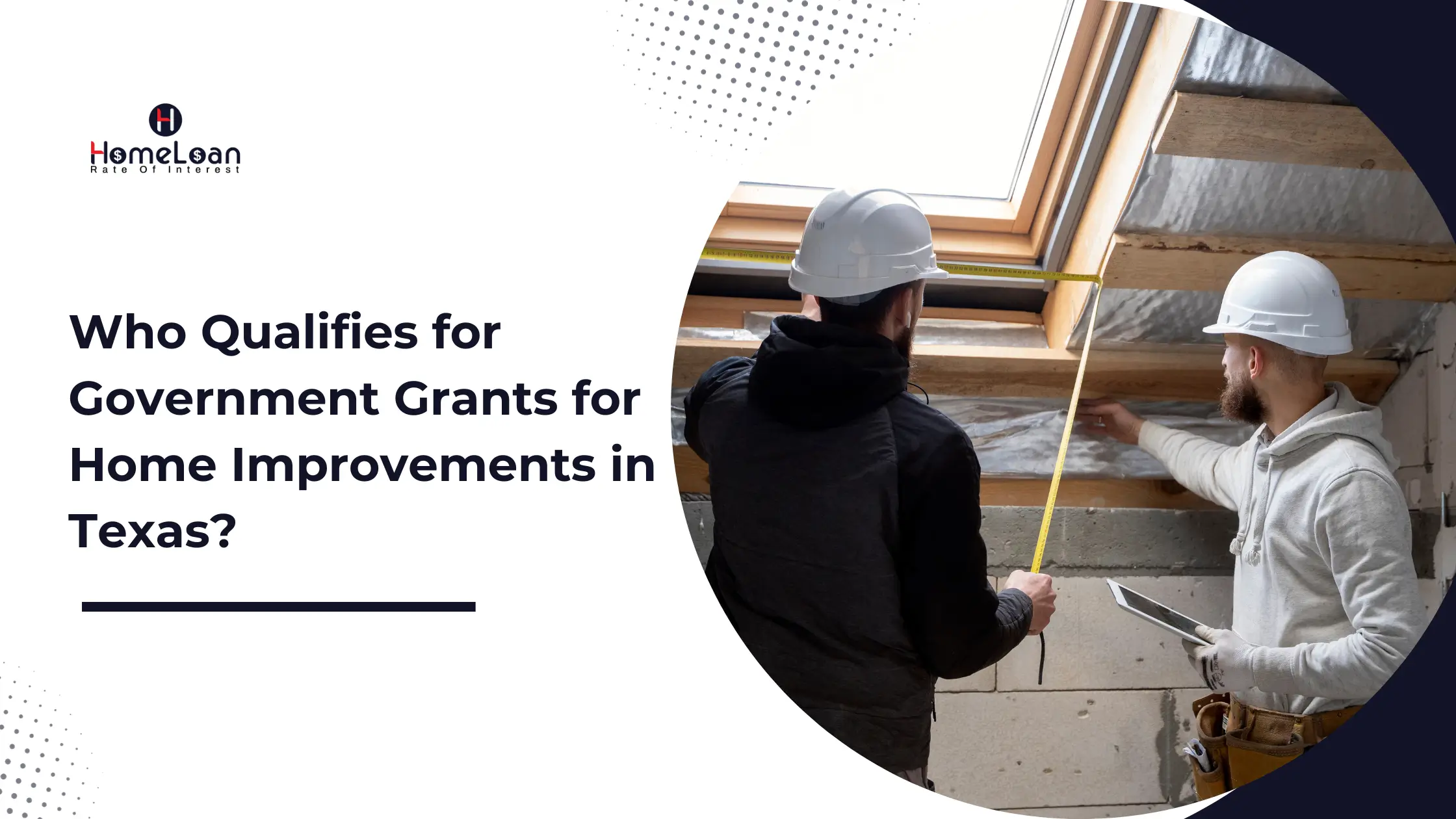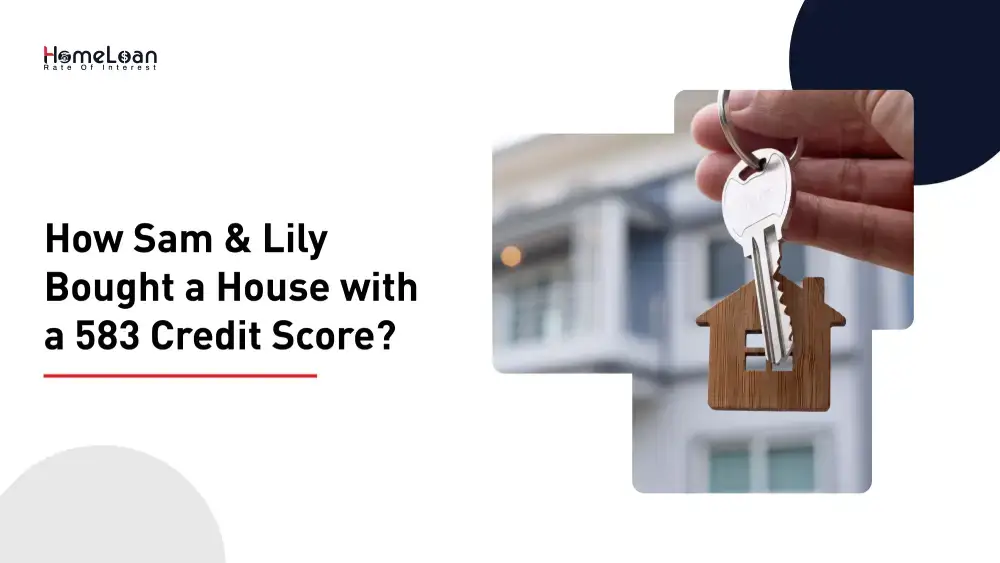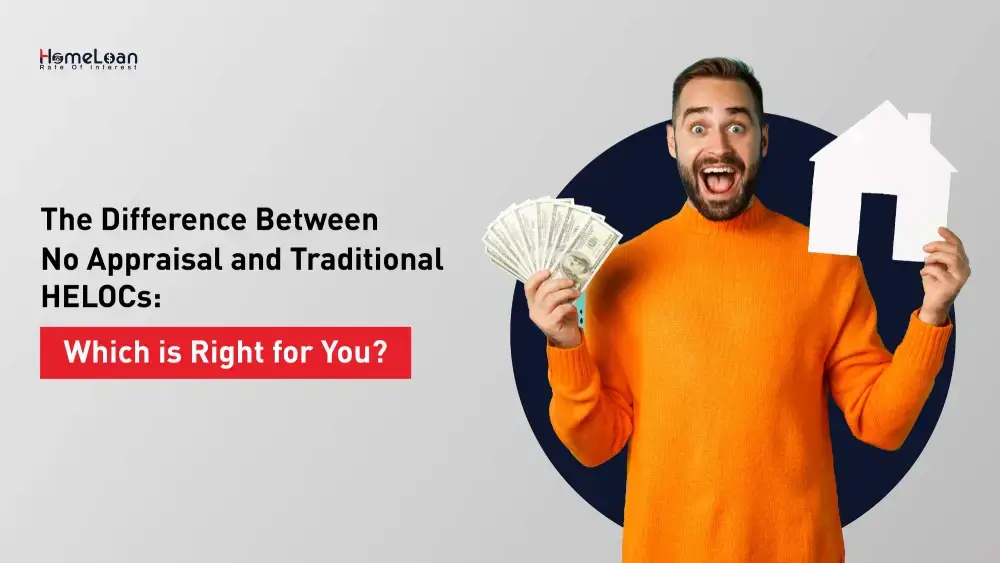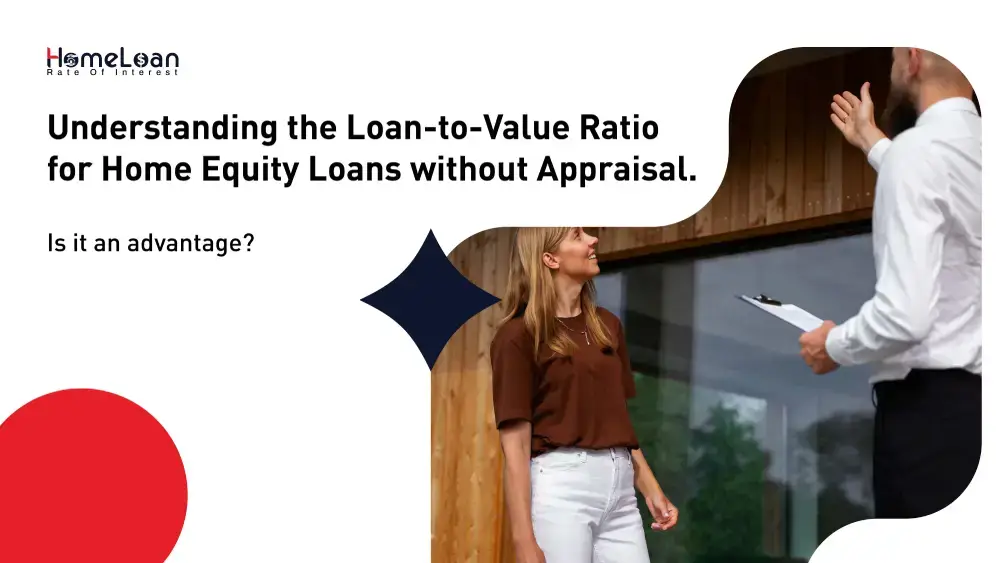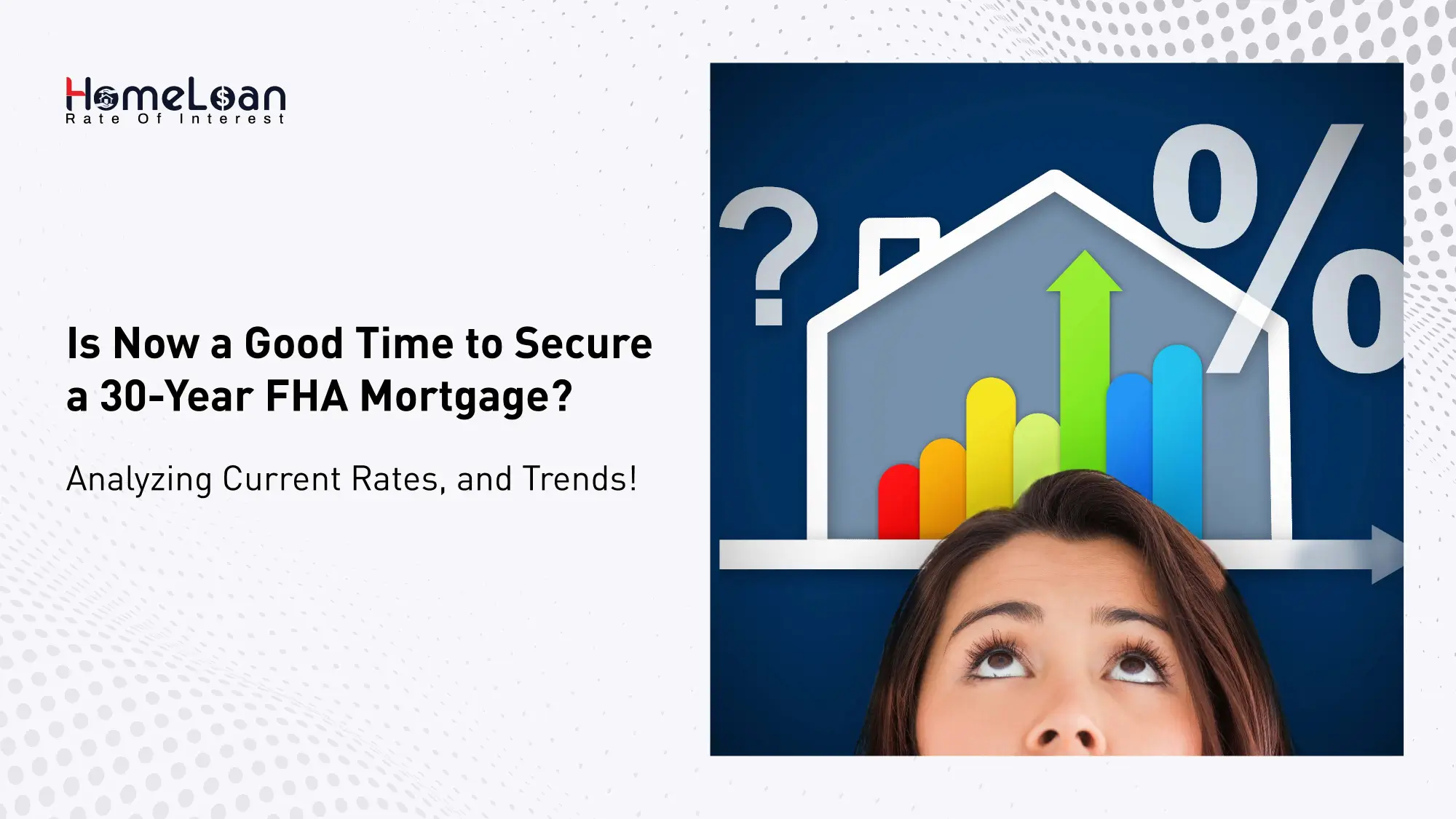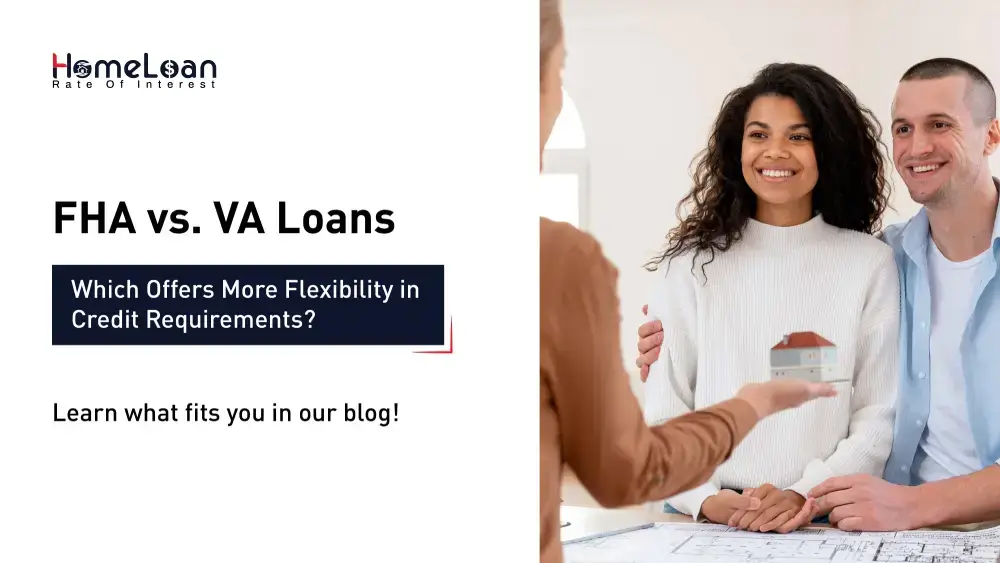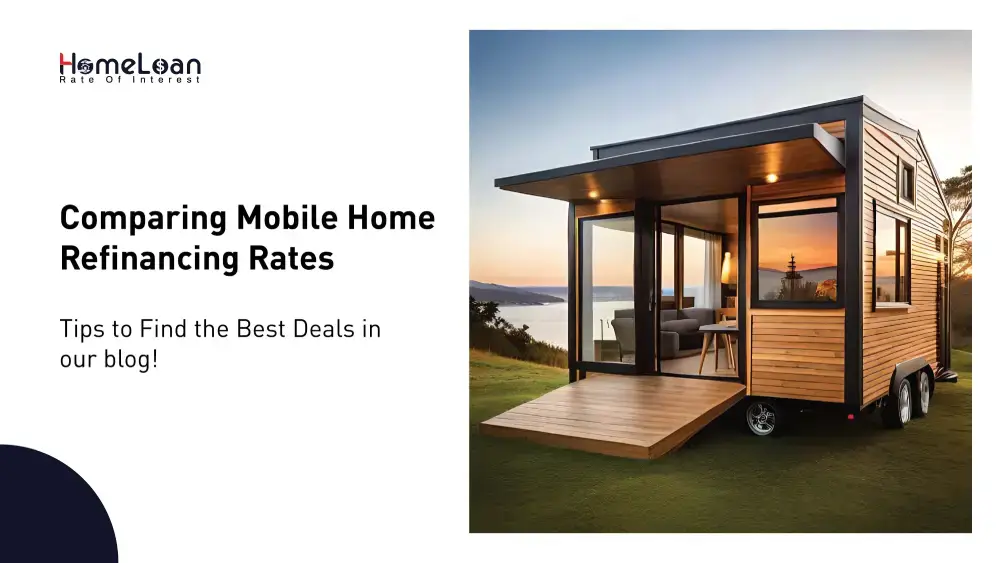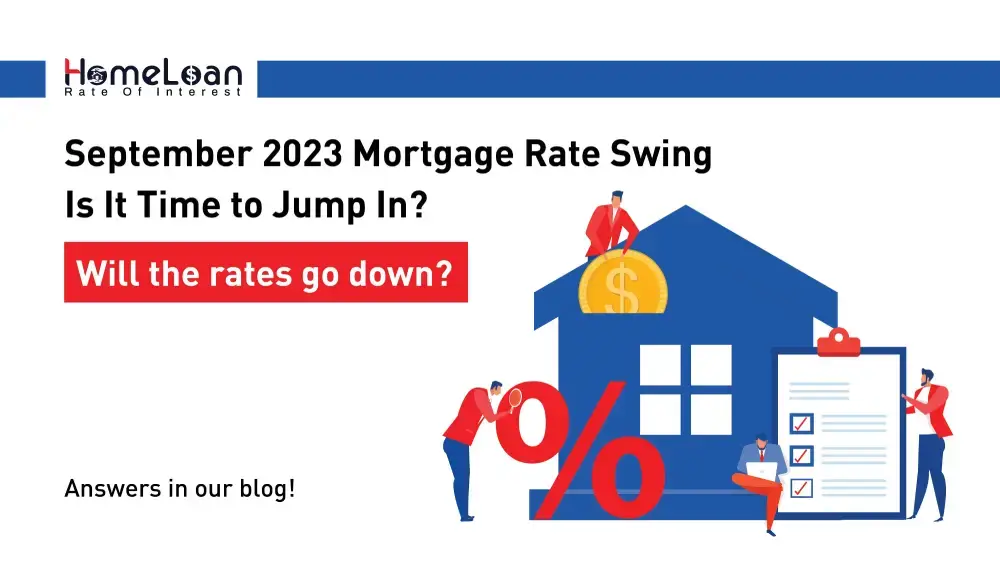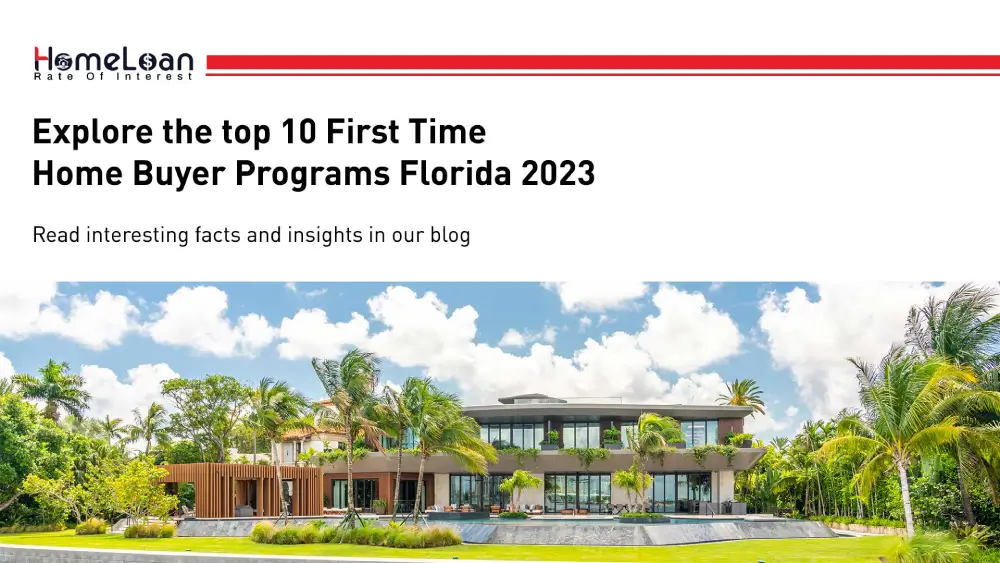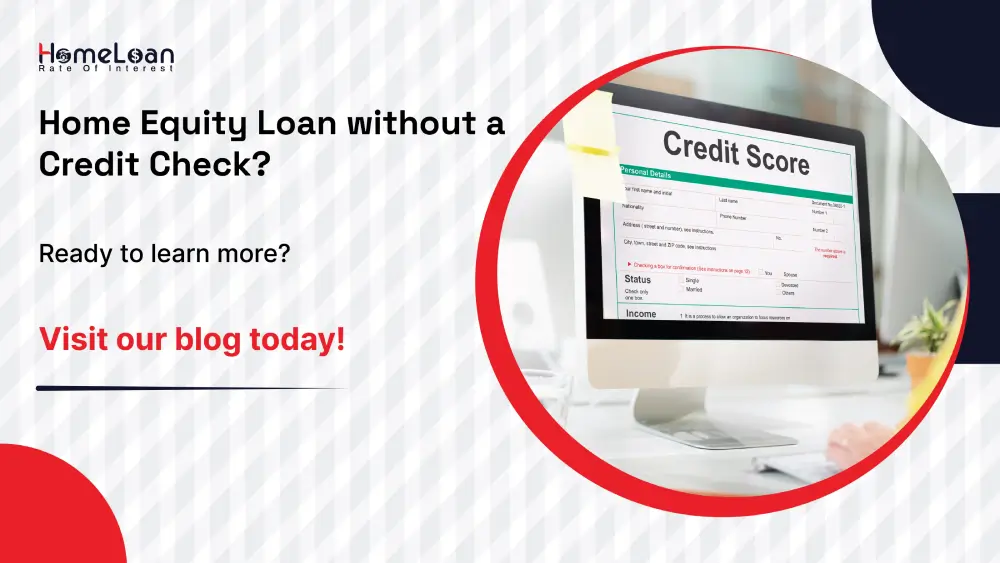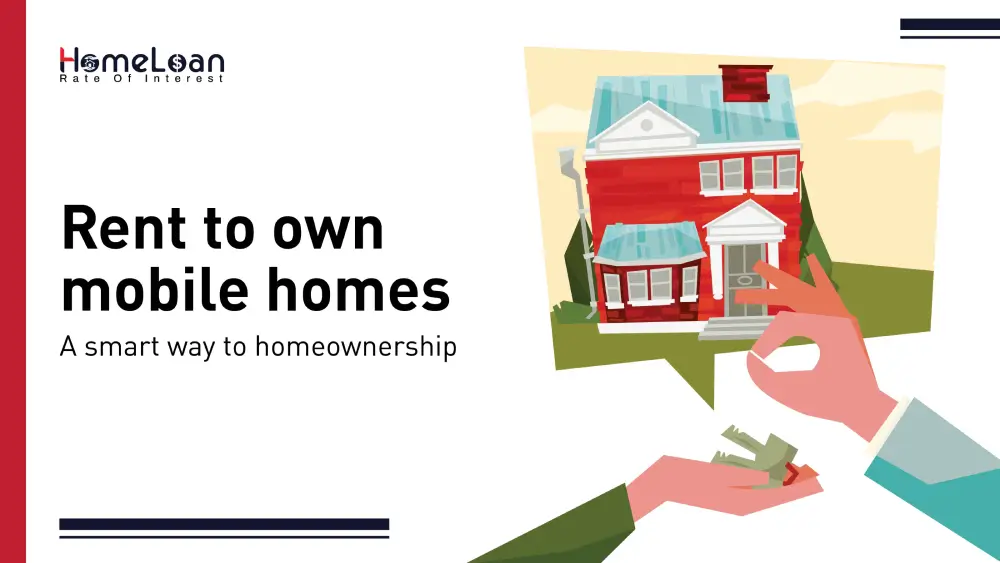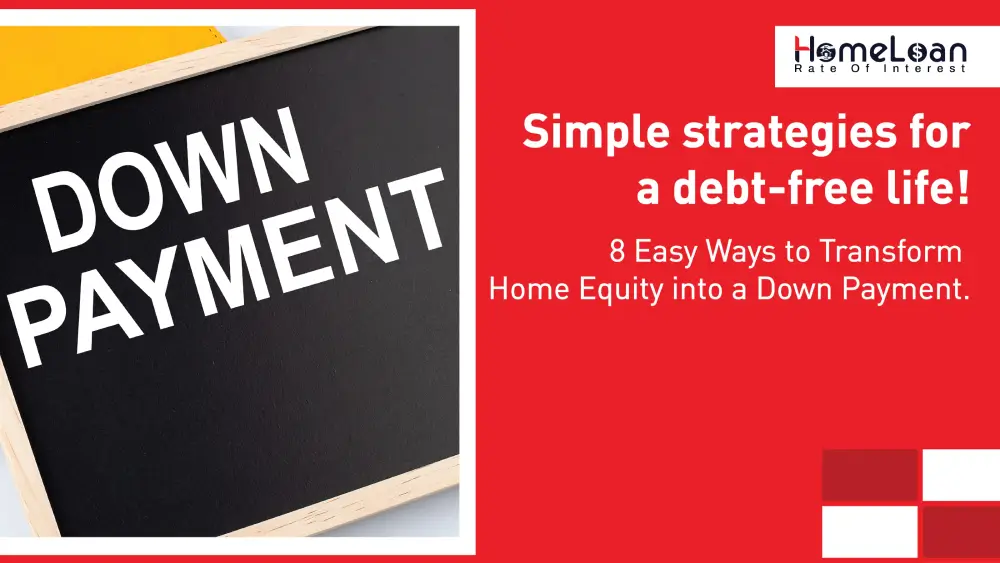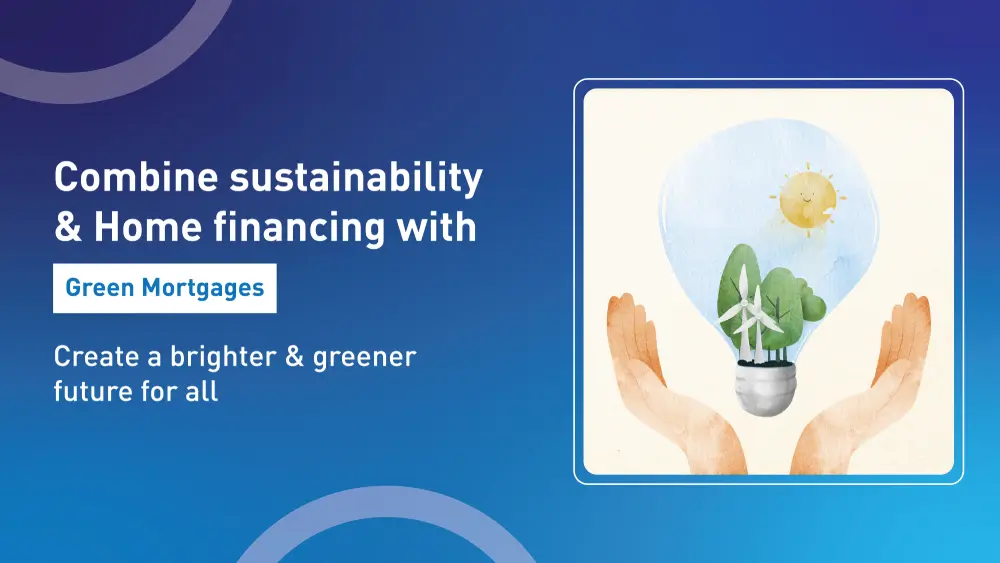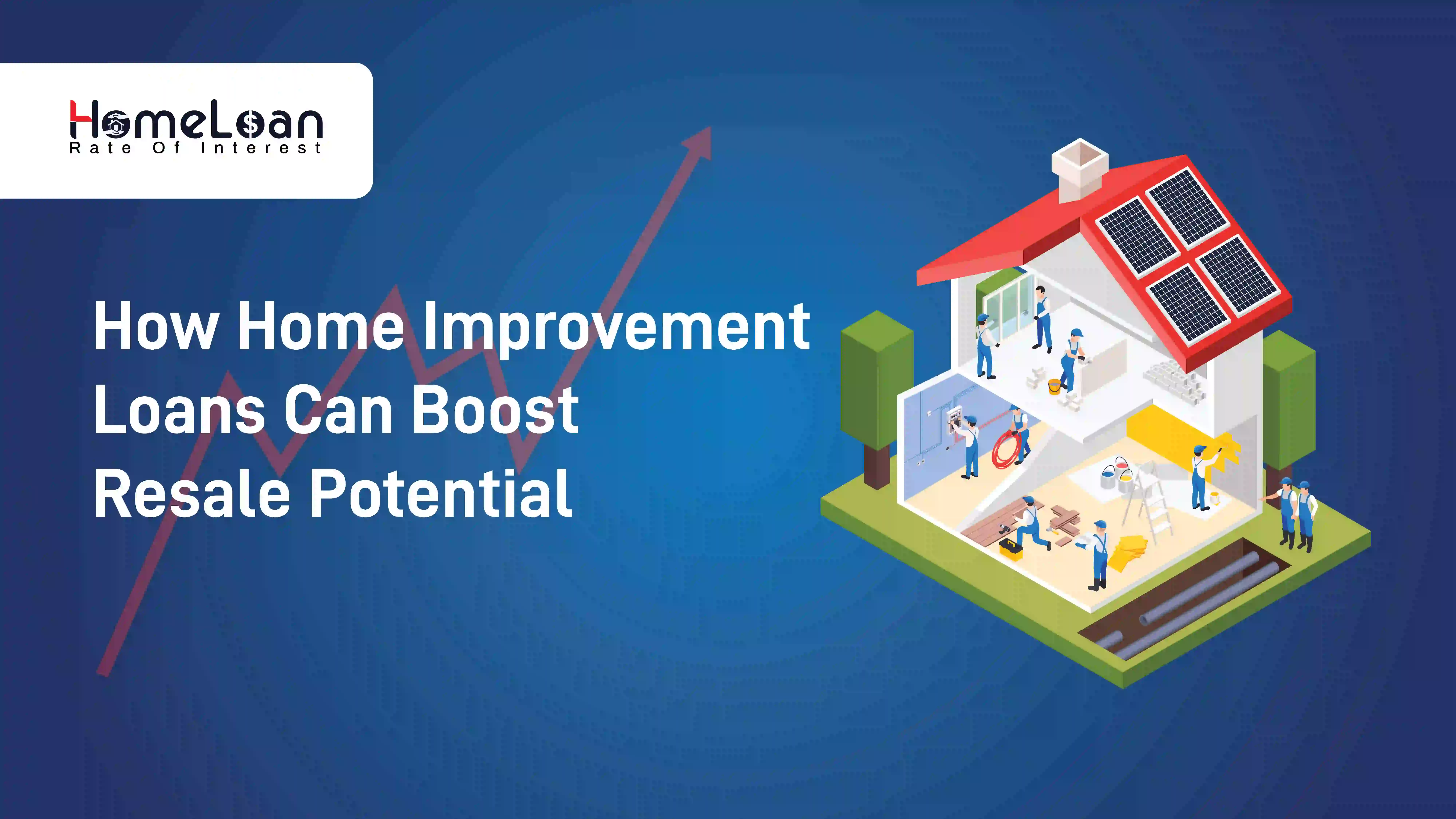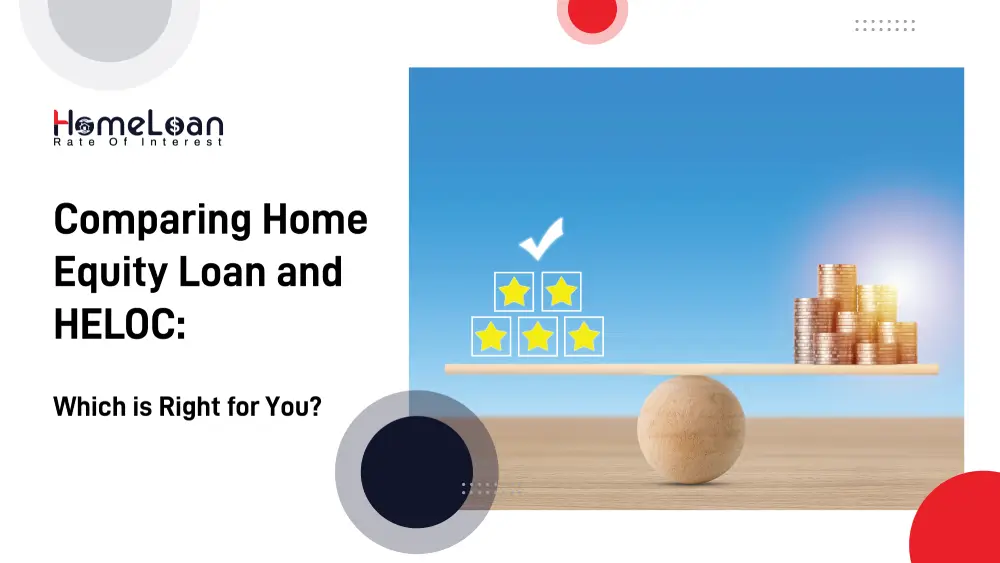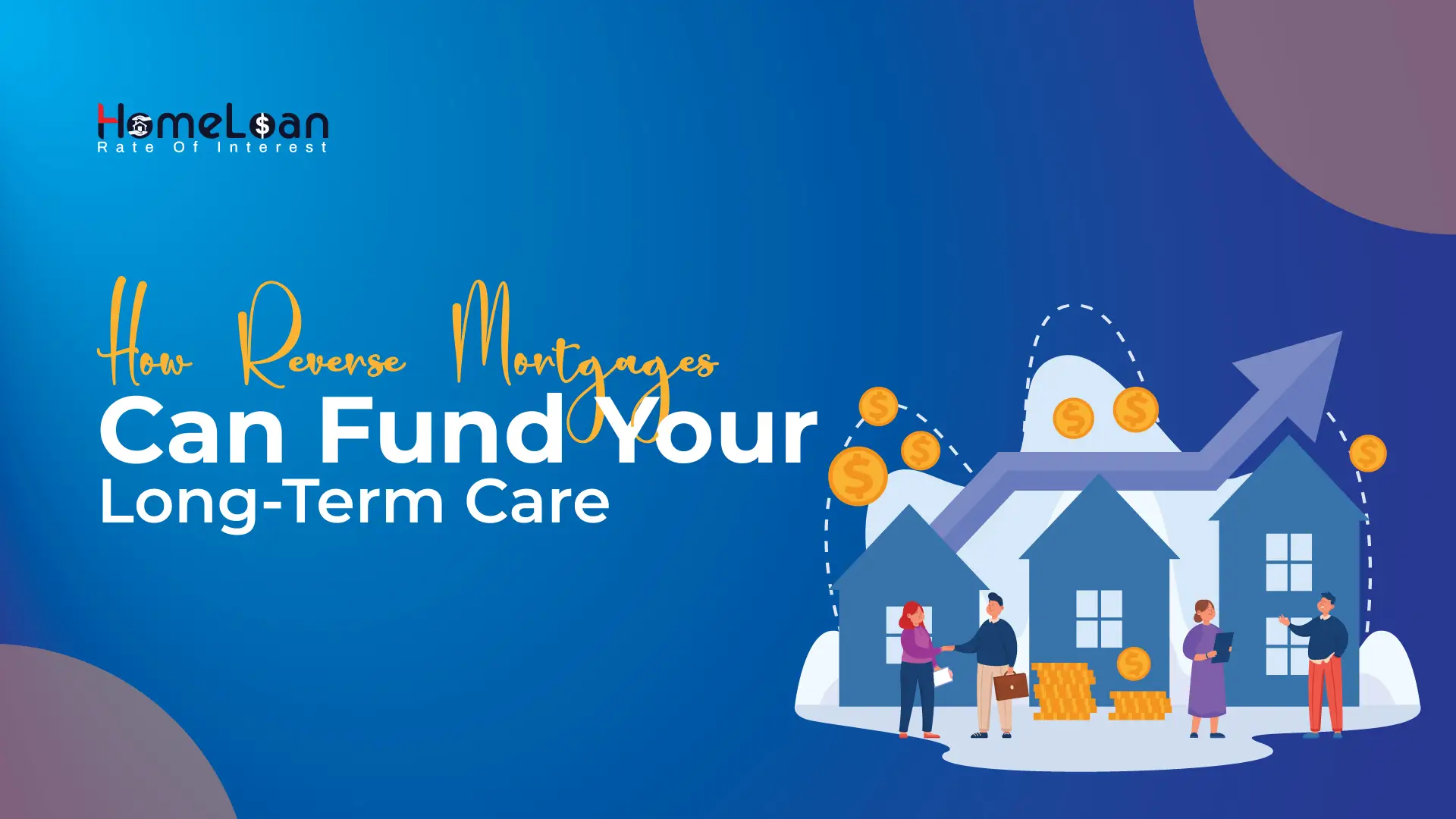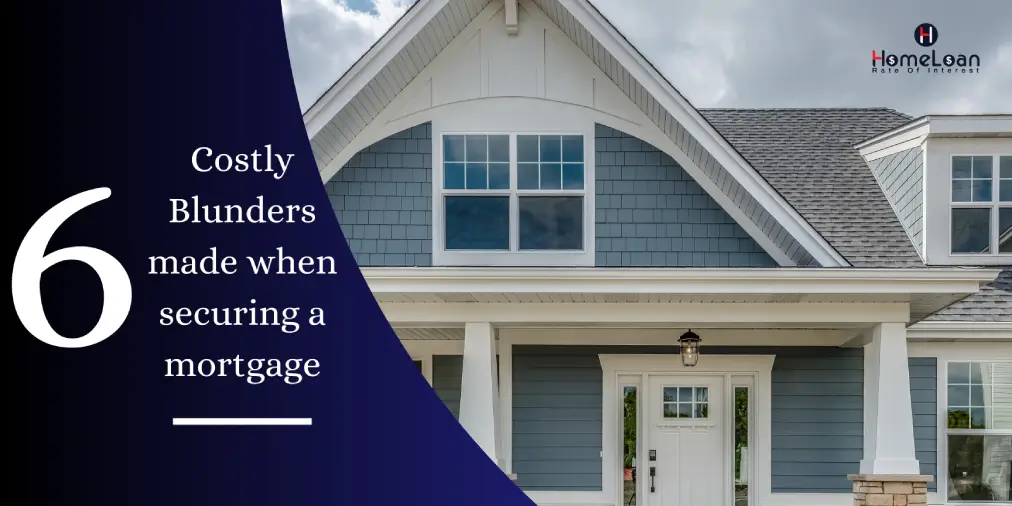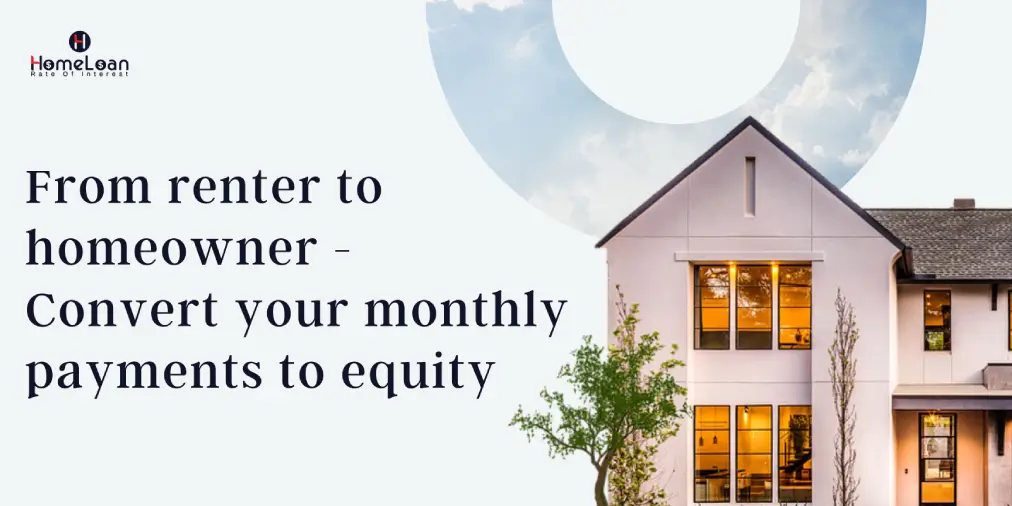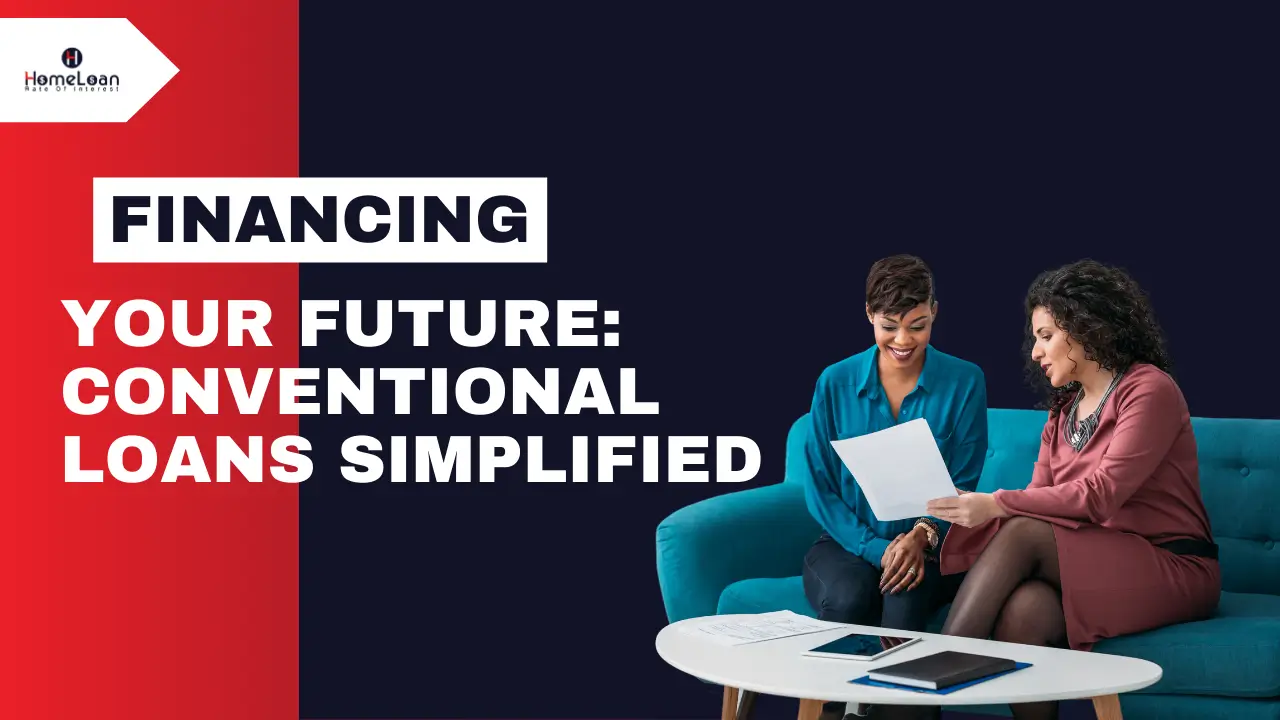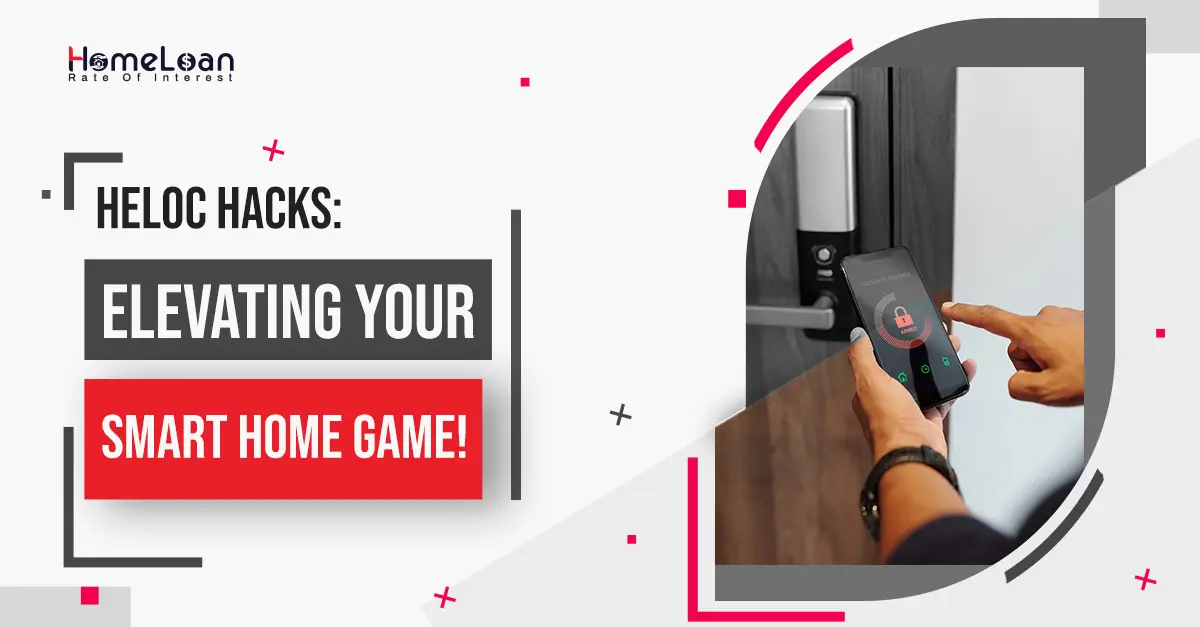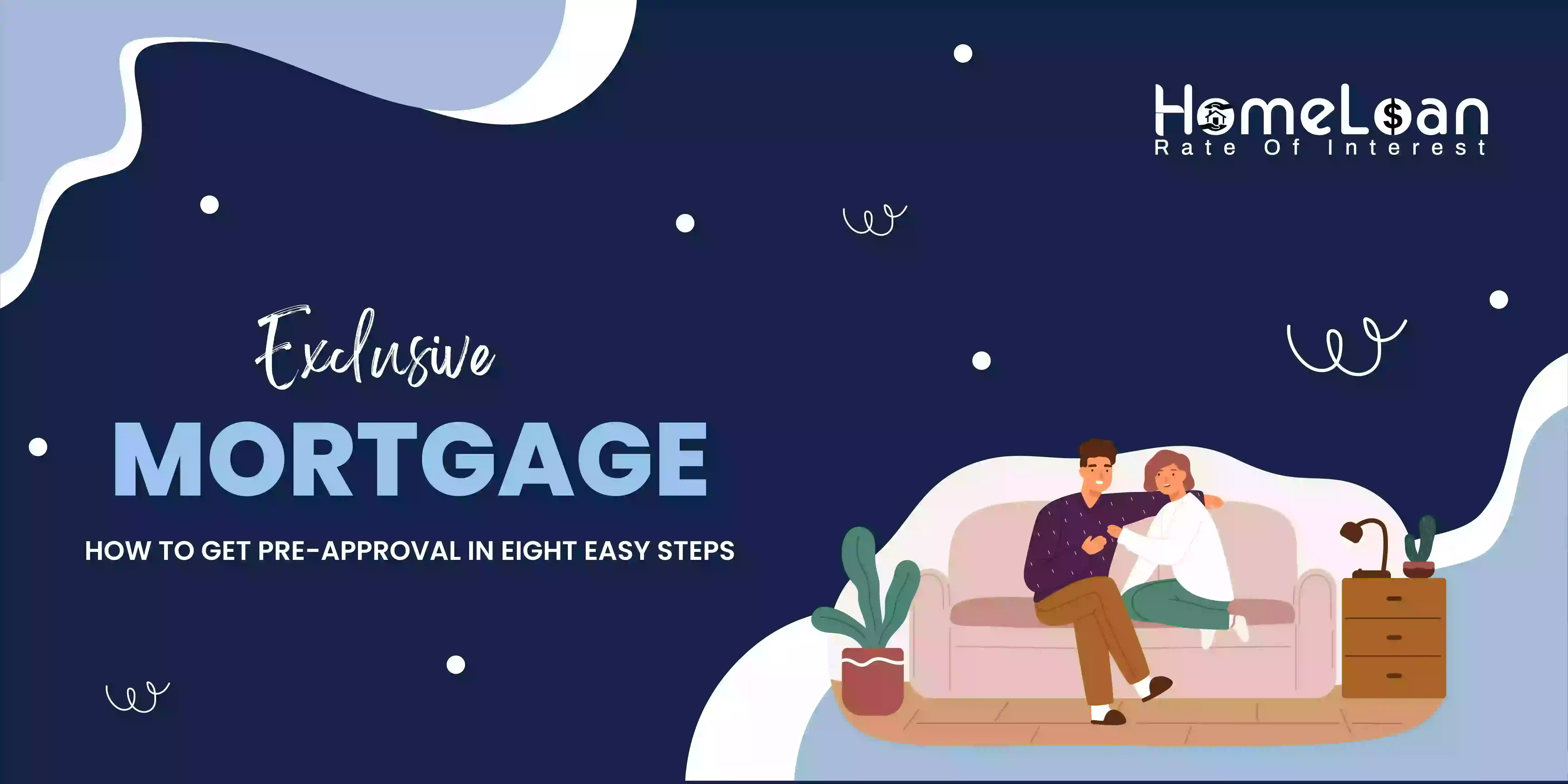
- 21 Sep, 2023
VA Loan Vs. Conventional Mortgage: Which Offers Better Terms?
5 main differences between a VA loan vs conventional loan
In the United States, there are two prominent options that help homeowners in securing the right mortgage. They are VA loans and conventional mortgage loans. Both these loans have their own terms and conditions that prove to serve good to the beneficiaries.
While different mortgage options are available, not all individuals can afford a VA loan and a conventional loan. There are certain criteria that come into the picture before deciding which loan type suits you best.
In this blog, we will have a detailed rundown about both these loan options, and their offerings, and finally understand the 4 main differences between these two options. Whether you’re looking for a new home, improve your existing home, or refinance it, this blog can help you choose the right one that offers you better terms.
What are VA loans?
To understand the battle between VA loan vs conventional loan, we have to primarily understand a VA loan and who is eligible for it. Come, let’s see what a VA loan has to offer!
Veteran Affairs Loans are created to serve and support eligible veterans, active-duty service members, certain members of the National Guard and Reserves, and their spouses in certain cases by offering loan programs to buy, build, improve, or refinance their homes.
A VA loan comes with favorable terms and valuable advantages to facilitate homeownership for all the brave fighters of the nation.
4 Key Features of VA Loans
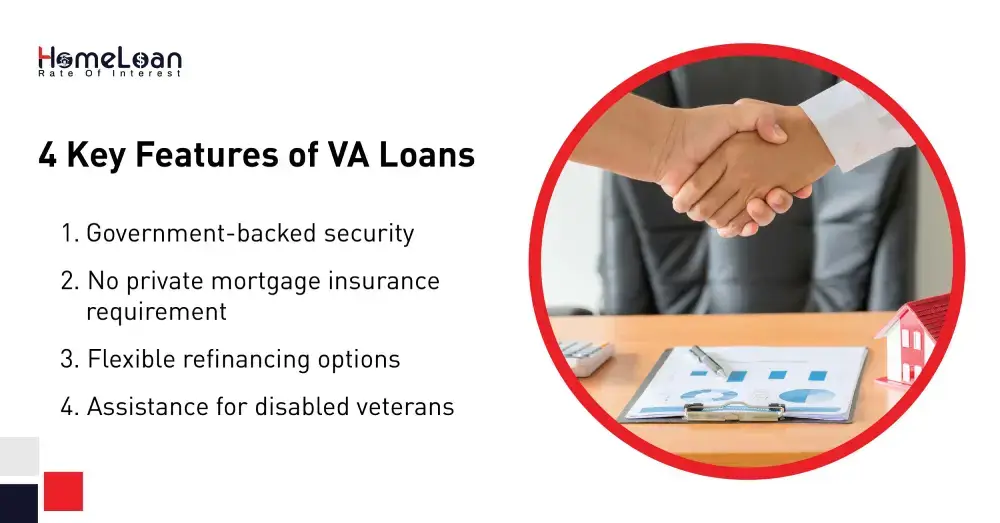
-
Government-backed security
Since VA loans are backed and administered by the government, there is almost zero risk involved, instilling confidence in both lenders and borrowers. This allows the lenders to offer favorable terms and conditions to the borrowers.
-
No private mortgage insurance requirement
Compared to conventional loans, a VA loan doesn’t require private mortgage insurance. This typically results in lower monthly payments and overall reduced costs for borrowers.
-
Flexible refinancing options
Veterans with existing VA loans can benefit from refinancing options to a great extent. This allows them to acquire the best interest rates and adjust their loan terms.
-
Assistance for disabled veterans
With the help of a VA loan, disabled veterans can receive additional benefits such as VA funding fee waivers, special housing grants, property tax exemptions, and more.
Eligibility - Who can qualify for a VA loan?
In order to claim the benefits of a VA loan, there are certain eligibility criteria that have to be met by the veterans, service members, and their families. These criteria listed by the U.S. Department of Veterans Affairs ensure that our Nation’s Veterans receive all the necessary support they need to become a homeowner.
-
Military service
This is a basic eligibility requirement. To qualify for a VA loan, veterans must have a history of serving military that meets certain minimum requirements such as:
-
Wartime service - Those individuals who have served during wartime and completed at least 90 consecutive days of active service are eligible. The specific period of service that is classified as wartime is determined by the VA and may vary over time.
-
Peacetime service - Under this, Veterans should have completed a minimum of 181 days of active duty. Similar to wartime service, peacetime requirements may change. To stay updated and know appropriate information, it is advised to consult the VA or a qualified lender.
-
-
Spousal eligibility
As discussed above, VA loan benefits are numerous and they extend beyond the veterans themselves. Surviving spouses of veterans who died during service or due to service-connected disabilities may also be eligible. This provision recognizes the sacrifices made by military members and their families by ensuring full support for homeownership.
Understanding conventional loans
While comparing VA loan vs conventional loan, it is essential to understand that a conventional loan is not guaranteed or insured by any government agency, unlike VA loans. These loans are usually availed from private lenders such as banks and insurance companies.
These types of loans generally require higher creditworthiness and financial stability compared to VA loans. Opting for a conventional loan means that the borrower must agree to the terms and conditions of the loan’s private lender.
What are the basic requirements for conventional loans?
Lenders often follow stringent requirements when compared to VA loans, to ensure that their borrowers can manage their mortgage obligations responsibly. Listed below are the primary criteria for securing a conventional loan:
-
Credit score A great credit score is a fundamental requirement for a conventional loan. Lenders require a credit score of at least 620. A strong credit history proves the creditworthiness of borrowers to the lenders. It shows them that the borrowers are responsible for managing changing credit and financial obligations.
-
Income stability All the borrowers are required to have a stable and consistent income. They assess the borrower's income stability by looking at their employment history to ensure that they can meet mortgage payments reliably.
-
Down payment Conventional loans usually require a down payment. 20% of the down payment has been the usual benchmark down payment percentage. However, certain conventional loan programs start from 3% and go up to 10%. If you’re a first time home buyer, down payment rates can be lowered after negotiating.
Understanding conventional loan limits 2023
Before we learn more about the difference between VA loan vs conventional loan, it is essential to understand that there are conventional loan limits for 2023 where there is a maximum limit on how much loan amount can be eligible for purchase.
To define, Conventional loan limits are numerical boundaries that define the maximum loan amount that can be purchased or guaranteed by government-sponsored enterprises (GSEs) such as Fannie Mae and Freddie Mac.
Conventional loans usually come under a secondary mortgage category where the GSEs are critical players. They are responsible for making mortgage funds more accessible to lenders and borrowers alike.
Did you know?
Conventional mortgage comprises 82% of the mortgage market in the U.S., while government-insured VA, FHA, and USDA home loans make up the remaining 18%.
4 Reasons why conventional loan limits 2023 are important?
-
Accessibility - Conventional loan limits ensure that it is accessible to those who need it the most and can manage the monthly payments as per their budget. Being aware of these limits helps prospective homebuyers know how much they can borrow and plan accordingly.
-
Loan type selection - Knowing more about the loan limits aids the borrowers in choosing a suitable mortgage. For instance, if your total cost of the home exceeds the loan limit, then you should consider exploring other loan options.
-
Market variation - Conventional loan limits vary by location. It is based on regional housing market conditions, where higher loan limits have the potential to accommodate elevated home prices.
-
Financial planning - Conventional loan limits act as a reference for financial planning. Homebuyers can use this information as a base to act upon and allocate finances by determining their budget, calculating down payments, and assessing their overall affordability.
5 Differences between VA loan vs conventional loan
| VA Loan | Conventional Loan |
|---|---|
| 1)VA loans are backed by the U.S. Department of Veteran Affairs and are exclusively available to eligible veterans, active duty members, and their families. | 1)These loans are not backed by the government and are available to a broader range of borrowers, including individuals who don’t have military service experience. |
| 2)There is absolutely no down payment involved in a VA loan. This can be quite an affordable option compared to other loan options. | 2)A conventional loan requires borrowers to make a down payment. The standard benchmark is 20% of the home’s purchase price. |
| 3)In a VA loan, there is no Private Mortgage Insurance involved. This further results in lowering monthly payments for borrowers. | 3)If the borrower’s down payment is less than 20%, there might be a requirement for private mortgage insurance. With PMI in place, there might be an addition of extra costs to monthly mortgage payments. |
| 4)When it comes to credit score requirements, VA loans offer a lenient approach. This makes borrowers with varying credit profiles access homeownership. | 4)Conventional loans usually require a higher credit score [at least 620] from the borrower to assess their creditworthiness. |
| 5)VA loans don’t have a specific loan limit but they do have a guarantee limit which can vary from one region to another. | 5)These loans generally have loan limits that are set by the Federal Housing Finance Agency (FHFA). Understanding these loan limits is of utmost importance before making the decision to purchase a home loan. |
The discussion of what type of loan offers better terms depends on what category of the loan you fall under. If you’re a veteran or a spouse of a veteran, going for a VA loan is the best choice as it comes with its own list of benefits and terms. Whereas if you’re a non-military individual, you need to consider going for conventional loans that require you to make down payments and show a great credit profile.
Whether you choose a VA loan or a Conventional loan, making a decision to purchase your home is one of the most important milestones in your homeownership journey. It is essential to spend a substantial amount of time researching and consulting with mortgage experts to get personalized guidance. We at Home Loan Rate of Interest would be more than happy to help you out with your home financing needs. With the right financing choice and the right help, we are sure you can pursue your dream home with confidence.
